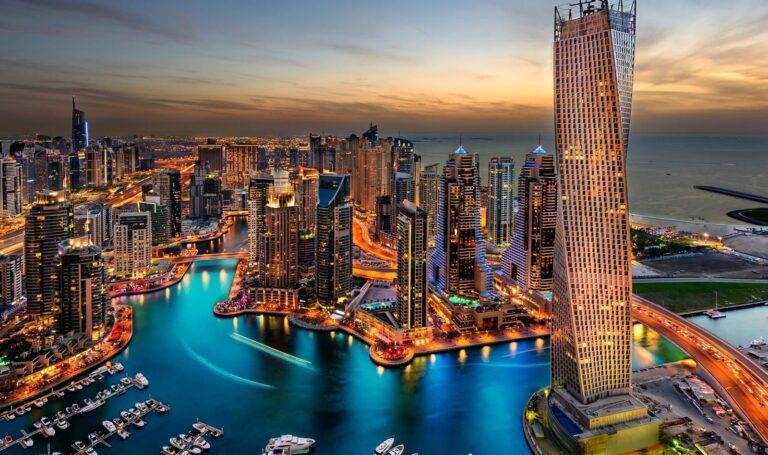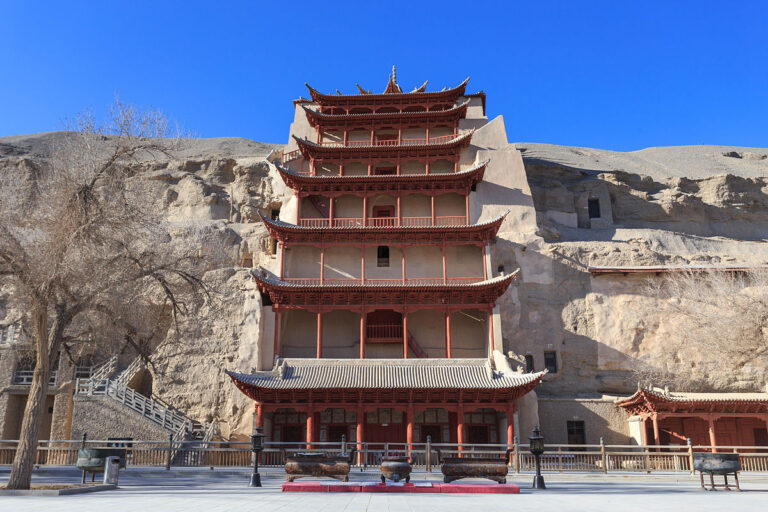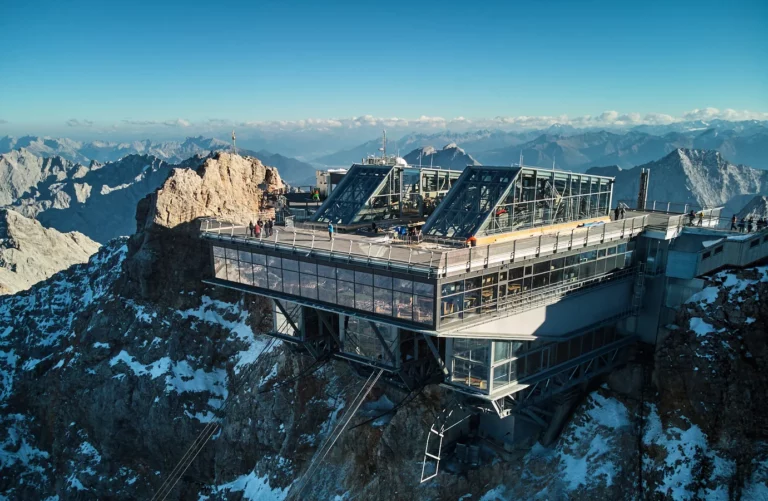Great Wall, China
Welcome to the awe-inspiring destination of the Great Wall of China, where centuries-old history and breathtaking landscapes converge. In this travel blog, we will delve into the appeal of this iconic landmark, highlighting its architectural marvels, cultural significance, favorable weather conditions, local cuisine, accommodation options, and nearby attractions. Join us on this virtual tour as we unravel the mysteries of the Great Wall and convince you to embark on your own unforgettable adventure.
- Architectural Marvels: The Great Wall of China is renowned for its magnificent architecture, which showcases the ingenuity and skill of ancient Chinese civilizations. The wall stretches over 13,000 miles (21,196 kilometers) across various landscapes, including mountains, grasslands, and deserts. Three main architectural styles dominate the wall:
a) Stone and Brick Wall: This style, commonly seen in the eastern sections, features massive stone blocks and bricks bound together with sticky rice mortar. These sections boast robust fortresses, watchtowers, and defensive systems.
b) Rammed Earth Wall: Primarily found in the western regions, the rammed earth sections were constructed using layers of compressed soil and gravel. Despite their simplicity, these sections reflect the strategic placement and defensive features.
c) Tamped Earth Wall: The tamped earth style, prevalent in the central sections, utilizes compacted earth and gravel to form a sturdy wall. These sections often integrate natural elements like mountains and cliffs, creating a harmonious blend of human and natural construction.
- Cultural Spots to Visit: Immerse yourself in Chinese history and culture by exploring the various cultural spots near the Great Wall:
a) Forbidden City (Beijing): This UNESCO World Heritage Site served as the imperial palace for over 500 years. Discover its magnificent architecture, tranquil gardens, and historical artifacts.
b) Temple of Heaven (Beijing): An architectural masterpiece, the Temple of Heaven is a symbol of ancient Chinese cosmology. Explore its stunning halls, altars, and parklands while experiencing the spiritual atmosphere.
c) Summer Palace (Beijing): Wander through the vast gardens and intricate palaces of the Summer Palace, a retreat for emperors during the scorching summer months. Enjoy the serene Kunming Lake and the iconic Longevity Hill.
d) Terracotta Army (Xi’an): Venture beyond Beijing to Xi’an and marvel at the Terracotta Army, an archaeological wonder showcasing thousands of life-sized clay soldiers. Uncover the legacy of China’s first emperor, Qin Shi Huang.
- Favorable Weather Conditions: To make the most of your visit, it is essential to consider the weather conditions at the Great Wall. The best time to visit is during spring (April to May) and autumn (September to October), when the weather is pleasant and mild. During these seasons, the average air temperature ranges from 50°F to 77°F (10°C to 25°C). The water temperature, however, is not a significant factor to consider as the Great Wall is primarily a land-based attraction.
- Local Cuisine: A trip to China is incomplete without savoring the delectable local cuisine. While exploring the Great Wall, treat your taste buds to these mouthwatering dishes:
a) Peking Duck: Indulge in this iconic Beijing specialty, featuring crispy roasted duck served with thin pancakes, scallions, cucumber, and sweet bean sauce.
b) Dumplings (Jiaozi): Enjoy these steamed or pan-fried delicacies filled with various ingredients, such as pork, vegetables, or seafood. They are perfect for a quick snack or a full meal.
c) Hotpot (Huǒguō): Experience the communal dining culture by trying hotpot, a simmering pot of flavored broth in which you cook an assortment of meats, vegetables, and noodles. It’s a delightful and interactive culinary experience.
d) Kung Pao Chicken: Sample this popular Sichuan dish, featuring tender chicken stir-fried with peanuts, chili peppers, and a flavorful combination of spices. The balance of sweet, sour, and spicy flavors is sure to tantalize your taste buds.
e) Dim Sum: Delight in the wide variety of bite-sized delicacies served in bamboo steamers, such as dumplings, steamed buns, and rice rolls. Dim Sum is traditionally enjoyed during brunch or lunch and offers a delightful medley of flavors.
When it comes to prices for food in the vicinity of the Great Wall, it can vary depending on the location and type of establishment. In major tourist areas, restaurants and food stalls cater to a range of budgets. A typical meal at a local restaurant may cost around 30-60 CNY (5-10 USD) per person, while a more upscale dining experience could range from 100-300 CNY (15-45 USD) per person. Street food options are often affordable and provide an opportunity to try a variety of flavors at lower prices.
- Accommodation Options: The area around the Great Wall offers a range of accommodation options to suit different preferences and budgets. Here are a few notable hotels:
a) The Commune by The Great Wall: This luxury hotel complex offers a unique experience with its modern architecture and stunning views of the Great Wall. Each room is designed by a different architect, blending contemporary comfort with the surrounding natural beauty.
b) Brickyard Retreat at Mutianyu Great Wall: Nestled in the village near Mutianyu, this boutique hotel combines rustic charm with modern amenities. Enjoy spacious rooms, an on-site farm-to-table restaurant, and easy access to the Great Wall.
c) Aman at Summer Palace: Located within the historic grounds of the Summer Palace in Beijing, this exquisite hotel provides a luxurious retreat with its traditional Chinese architecture, serene gardens, and lavish rooms.
It’s important to note that prices for hotels can vary depending on the season, room type, and location. It’s advisable to check current rates and availability when planning your visit.
- Nearby Attractions: While the Great Wall itself is a magnificent attraction, there are several other interesting locations in close proximity that are worth exploring:
a) Beijing: As the capital city of China, Beijing offers a wealth of cultural and historical sites, including the Forbidden City, Tiananmen Square, and the Temple of Heaven. Don’t miss the chance to explore the bustling markets, sample local street food, and experience traditional Chinese arts, such as Peking Opera or Chinese calligraphy.
b) Xi’an: A visit to the Terracotta Army in Xi’an is a must for history enthusiasts. Explore the ancient city walls, visit the Big Wild Goose Pagoda, and immerse yourself in the vibrant Muslim Quarter, renowned for its street food and bustling market atmosphere.
c) Chengde: Located northeast of Beijing, Chengde is home to the Chengde Mountain Resort, a UNESCO World Heritage Site. This sprawling complex of imperial palaces, gardens, and temples offers a serene retreat in a picturesque setting.
- How to Travel: To reach the Great Wall, the most common entry point for visitors is Beijing. The city is well-connected by international and domestic flights. From Beijing, you can arrange transportation to various sections of the Great Wall, such as Badaling, Mutianyu, or Jinshanling, either through organized tours, private drivers, or public transportation options like buses.
It’s advisable to plan your itinerary and make transportation arrangements in advance to ensure a smooth and convenient journey. Organized tours often include transportation, English-speaking guides, and visits to multiple sections of the Great Wall, providing a hassle-free experience for travelers.
If you prefer more flexibility, you can hire a private driver or taxi to take you directly to the desired section of the Great Wall. This option allows you to set your own schedule and explore at your own pace.
For those seeking an authentic local experience, public transportation, such as buses or trains, can be a cost-effective option. Buses operate from Beijing to popular sections of the Great Wall, offering affordable and convenient transportation. Trains also connect Beijing to nearby cities like Xi’an and Chengde, allowing you to combine your Great Wall adventure with visits to other cultural destinations.
Conclusion: Visiting the Great Wall of China is an unparalleled journey through time, culture, and architectural brilliance. From the remarkable fortresses and watchtowers to the breathtaking landscapes that stretch as far as the eye can see, the Great Wall is a testament to human achievement and an awe-inspiring destination.
With favorable weather conditions, tantalizing cuisine, a range of accommodation options, and nearby cultural spots to explore, the appeal of the Great Wall is undeniable. Whether you’re a history enthusiast, an architecture lover, or an adventure seeker, this iconic landmark promises an unforgettable experience.
So pack your bags, embark on a journey to China, and discover the grandeur of the Great Wall. Let the echoes of centuries past guide your steps as you traverse this monumental wonder, leaving you with memories to cherish for a lifetime.






